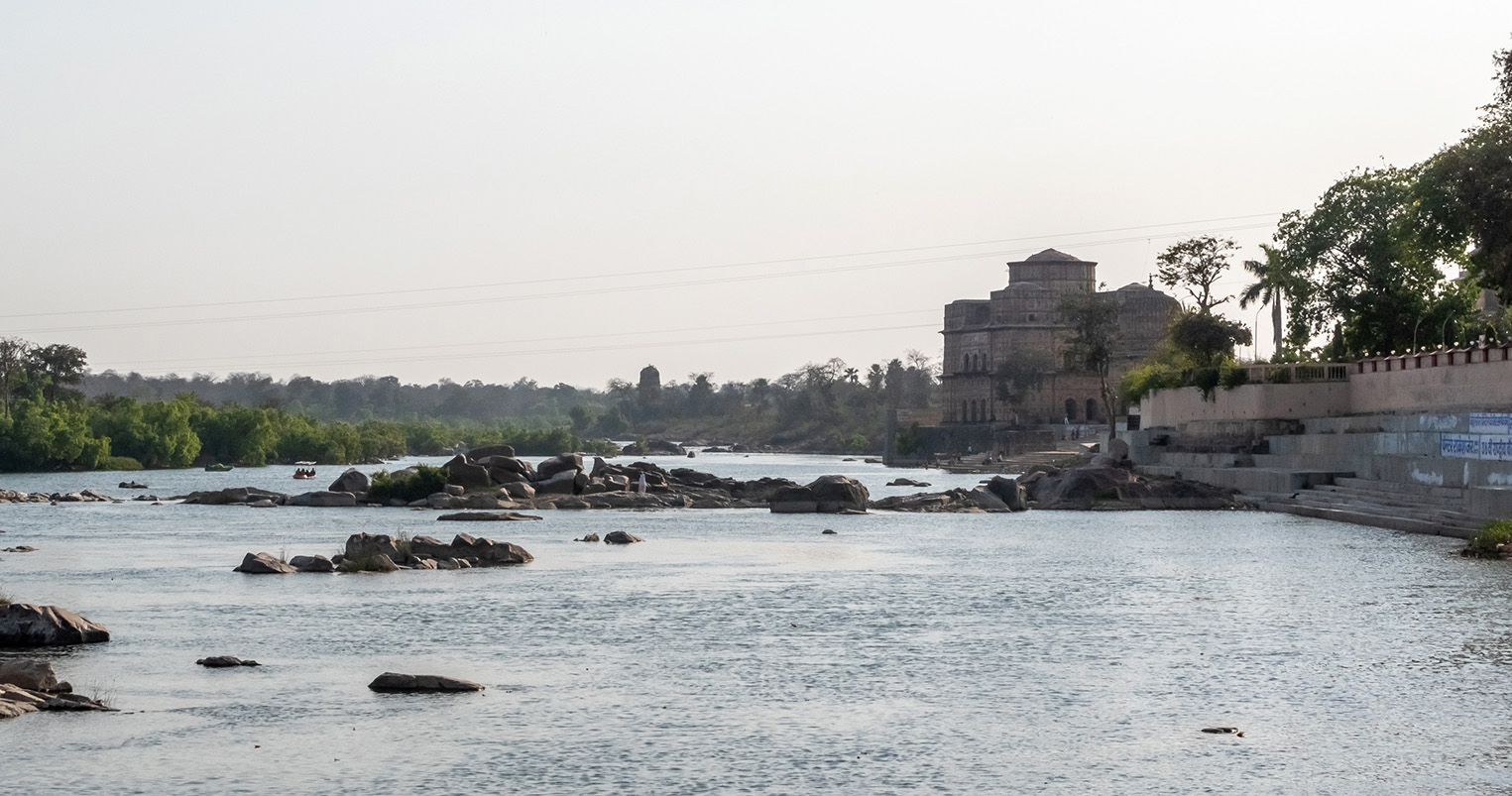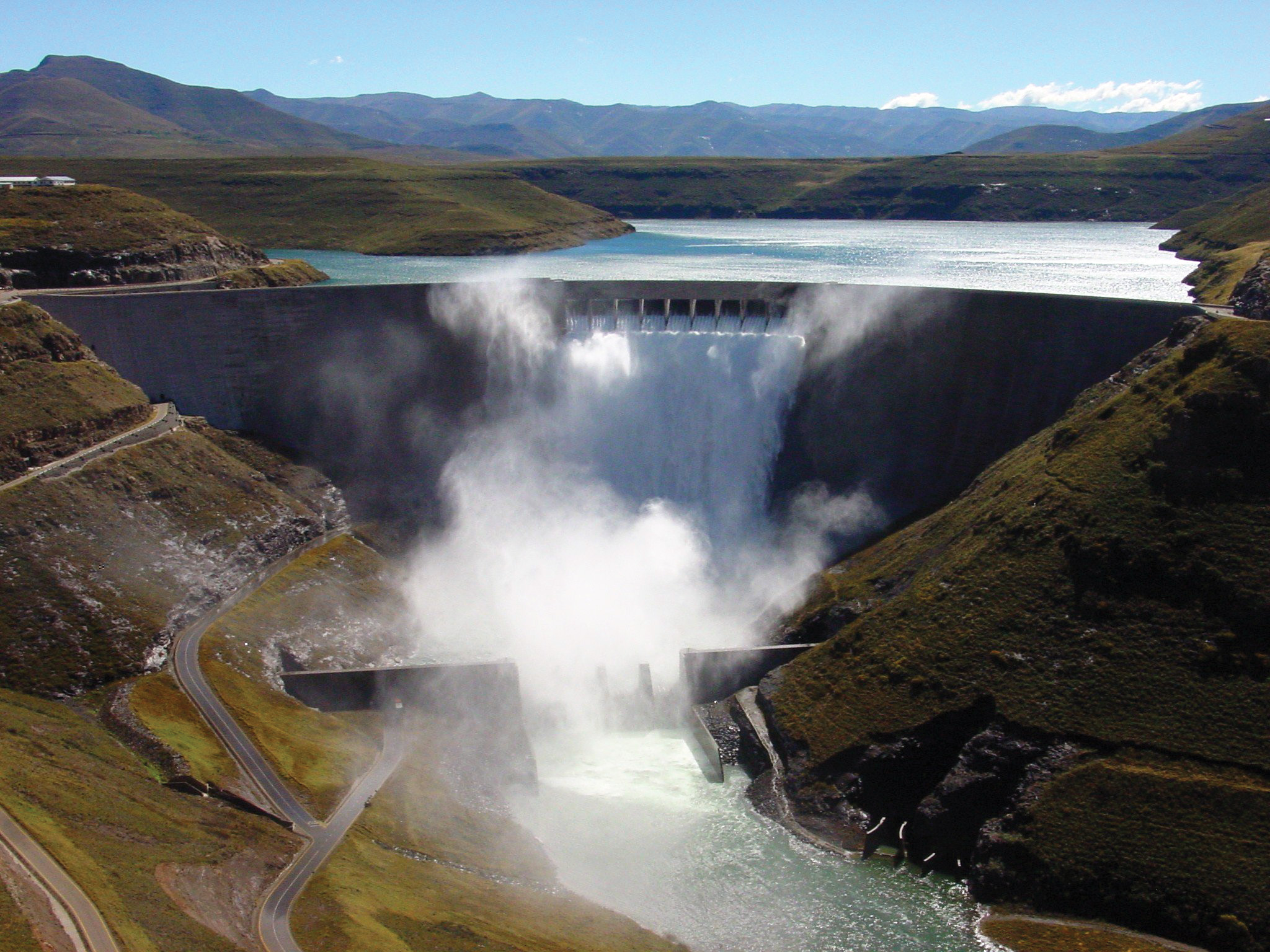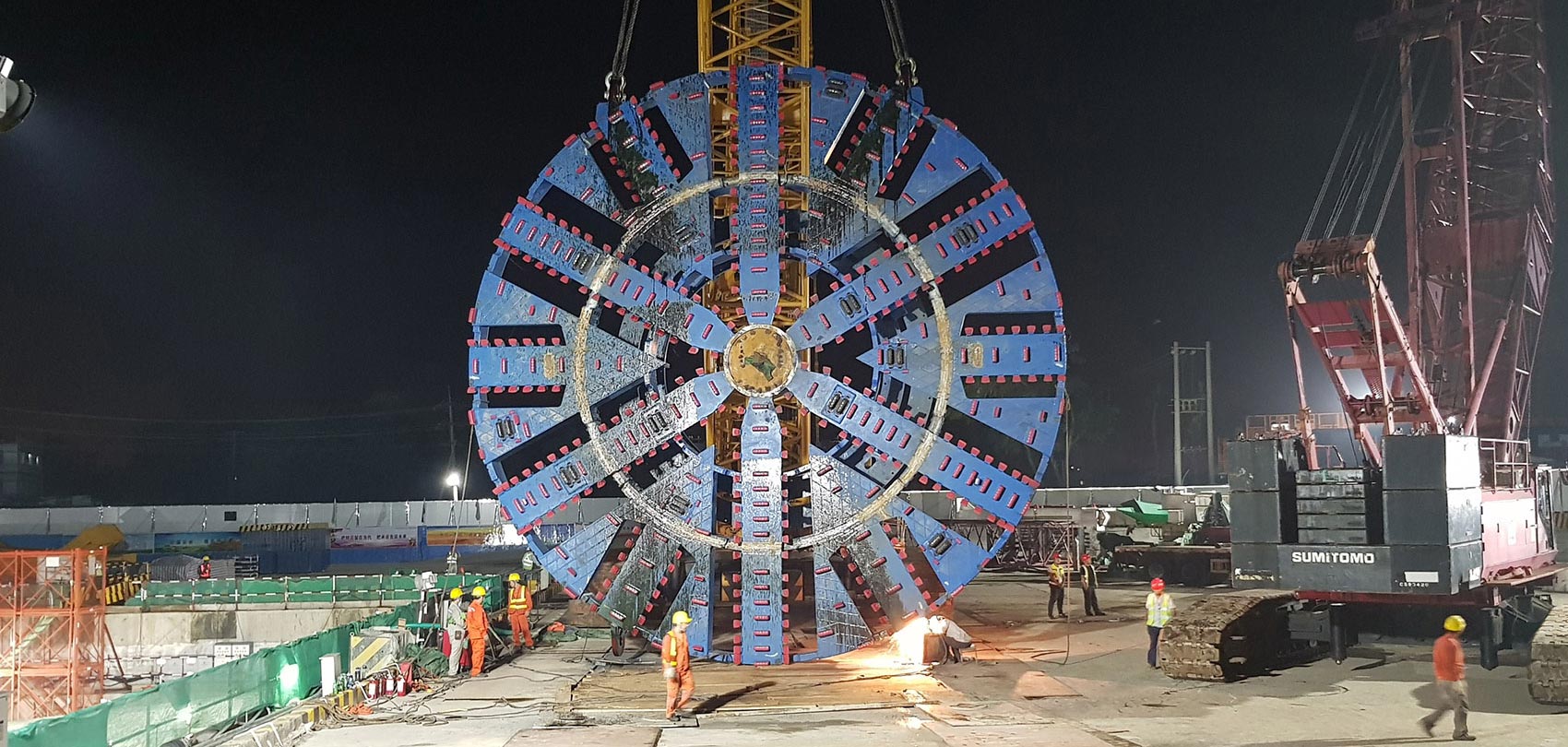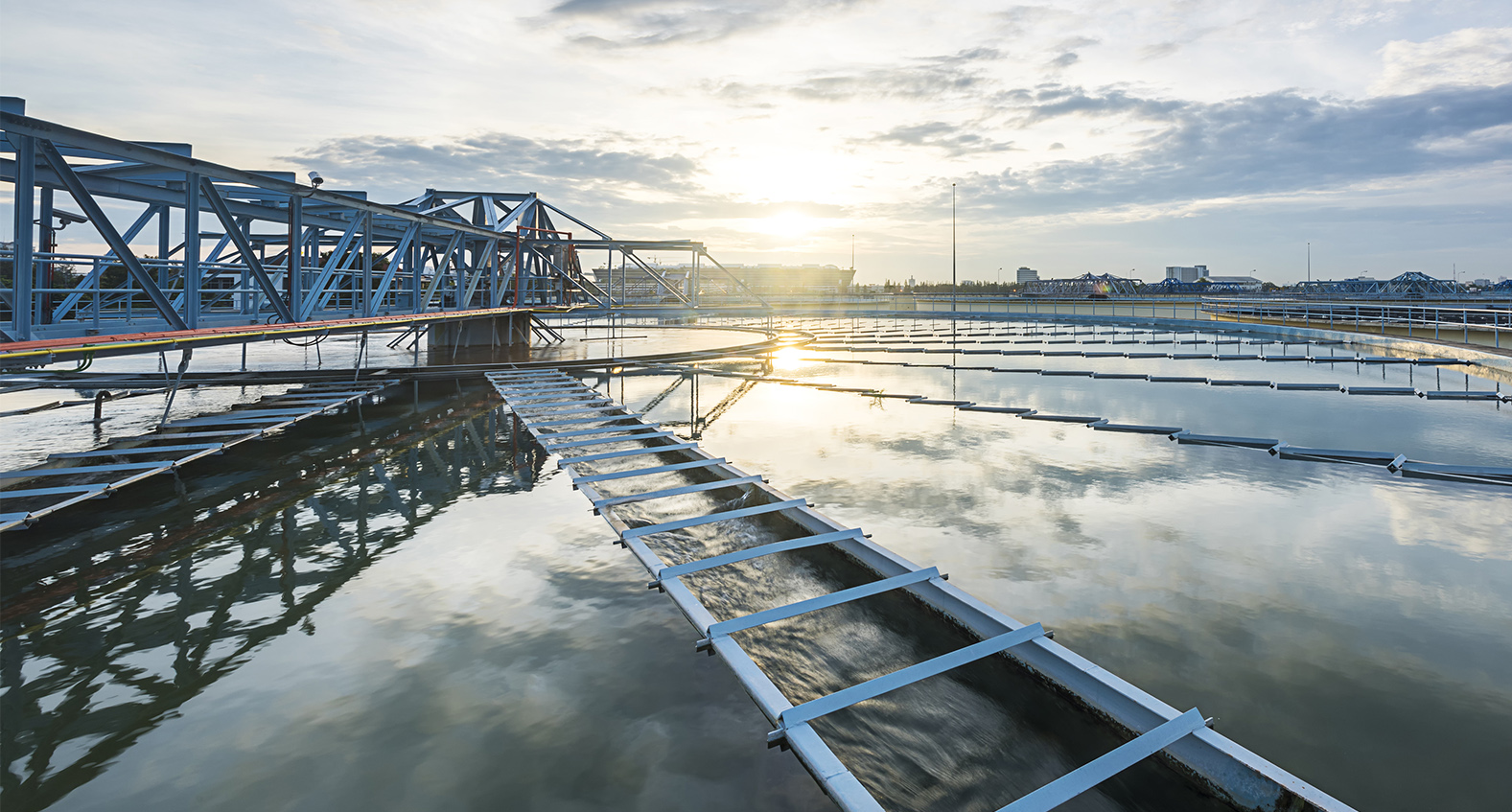




HAR GHAR JAL – “Water for every household”
The main objective of the project was to provide safe, clean water to rural communities in the Bundelkhand and Vindhya regions via piped drinking water supply. As already outlined, the Bundelkhand and Vindhya regions of Uttar Pradesh are suffering from severe shortage of clean water, and only approximately 15-20% of the rural population has access to the piped water supply. To fill this enormous gap and address the significant health, social and economic issues arising from a lack of access to clean water, the Government of Uttar Pradesh planned multi village and regional water supply schemes to improve water supply coverage and supply every family in the region with 70 liters of piped drinking water per day. Certain project areas in the Sonbhadra district were identified as a priority due to being impacted by disease caused by drinking arsenic and fluoride-contaminated groundwater.
Project approach and strategies
Our scope of work was to prepare Detailed Project Reports (DPRs) for proposed water schemes in 1429 villages with a combined population of around 1.2 million in Sonbhadra district. Sonbhadra is a densely populated area and has an extremely challenging geographical terrain which makes it very difficult to access groundwater. The entire district has been severely affected by successive drought over several decades, leading to significant hardship for the residents and migration to other regions.
Involving multidisciplinary teams, the reports comprised proposals for complex water schemes that include surveying, engineering design, analysing the sustainability of the ground or surface water source, water allocation and environmental constraints. The key challenge was to develop recommendations to a high standard of technical excellence while optimising the per capita cost of implementation and delivering within an extremely tight timeframe. While we did have a large team of local specialists and a long history of project experience to draw on, meeting these goals required a multi-pronged approach.
From the beginning, our approach was based on:
- Sustainability of the system at design, operation and management stages
- Technical and management innovations to deliver the best outputs
- Strict adherence to the prescribed specifications, timeline and budget
This led to specific strategies and techniques, including:
- Regrouping the villages in the project area to re-establish the initially proposed 63 clusters into 16 groups based on multiple factors including source availability, local geography, capacity planning for the scheme components and power availability etc.
- Converting localised schemes to zonal schemes, thereby enhancing operational sustainability.
- Carrying out a Source Sustainability study to identify the surface water source locations and obtaining prior approval from stakeholders based on this report. This assured the availability of water for project beneficiaries in the future.
- Optimising our use of technology: We conducted extensive desktop studies to obtain data and generate a GIS DEM (Digital Elevation Model), which in turn aided in optimizing field surveys. We also designed 10,000 km of water distribution pipelines using GIS design applications and Bentley WaterGems.
- Engagement and interactions with all stakeholders were followed by collecting field and site data to validate our detailed project proposals.
The outcome was that all 16 robust and highly detailed project reports were delivered on time and approved by various committees of the Government of Uttar Pradesh and the State Water and Sanitation Mission.
Real results for communities
In addition to providing implementable engineering design solutions that will supply safe drinking water to all rural households in the area, the project also contributes to wider social, economic and community benefits:

Learnings and opportunities for reform
Reforms in water supply systems in India include gradual movement from groundwater to surface water, using service level benchmarks for performance improvement, universal metering, 24×7 water supply projects and new ways for financing, including public-private partnerships. Enhancing water storage facilities and tap connection within each household, along with affordable water tariffs, are crucial elements for sector reforms in the water supply sector. It is my view that more comprehensive reform is needed in the following areas:
- Inter-sectoral approaches at the basin level that integrate surface water with groundwater, urban with rural, quantity with quality, and minimum flows and ecosystem services with river regulation for hydropower, flood management and abstraction for water supply and irrigation.
- Financial sustainability of resource management and service delivery through reasonable charges and tariffs and improved financial management, including removing distorting subsidies and moving towards user charges that reflect, at a minimum, operation and management costs.
- Modern management practices and technology applications, including improved operations and maintenance through asset management planning, and the development of a comprehensive knowledge base and decision support tools.
- Decentralised and participatory service delivery mechanisms, with a focus on improving customer/user service, enhancing accountability and transparency, and extending assistance to the poor.
Conclusion
Integrated water management is vital for poverty reduction, environmental protection and sustainable economic development. The outcomes are especially significant for those whose access to reliable water supply is limited due to gender, caste, ethnicity and geographical remoteness.
As one of the largest surface water schemes in Uttar Pradesh, this project offered a unique opportunity to gain learnings at scale that can be applied to a broad range of future projects. At a broader sectoral level, there are reforms to be considered that could improve water system performance, reduce water-related shocks, and increase resilience and adaptation to growth and change.
This article was originally published in International Water Power and Dams Construction magazine.
Related
insights
 Engineering achievement of the century: Lesotho Highlands Water Project
Engineering achievement of the century: Lesotho Highlands Water Project
“This project has been the dream of engineers since the 1940’s... It will be a fundamental chain link in the continued growth of both Lesotho and South Africa, and in particular the industrial heartland of Gauteng.”
 Collaboration key to successful community outcomes for water resilience projects
Collaboration key to successful community outcomes for water resilience projects
The Murray-Darling Basin is an area of vast significance to Australia. It plays a crucial role in Australia’s food supply network, producing over 40% of our agricultural produce, and is home to 35 endangered species and 16 internationally significant wetlands. It supports over 2.2 million Australians, including 40 different First Nations communities.
 Breaking new ground on Bangladesh’s first underwater tunnel
Breaking new ground on Bangladesh’s first underwater tunnel
Bangladesh is a country of rivers. The Karnaphuli River services the city of Chattogram (formerly called Chittagong), the largest sea port of Bangladesh. With the rapid development of southeast Bangladesh, especially in the regions south of Chattogram, the two existing bridges over the Karnaphuli River are inadequate to accommodate the increase in traffic. With a population of over six million, the heavily congested city of Chattogram is closely surrounded on the east by the Chittagong Hill Tracts and the west by the Bay of Bengal, making an additional bridge type crossing of the Karnaphuli River unviable.
 A circular economy for water: water demand and fit for purpose supply
A circular economy for water: water demand and fit for purpose supply
Australia, and the world, is increasingly seeing the effect of climate change on our water supply and security. Scarcity and drought are becoming more prevalent, placing pressure on the current water supply network, and communities are expecting better solutions. As we mark National Water Week in Australia and prepare for summer, it is time to discuss how we best utilise our existing water supplies and create a more resilient future.




